Installation
Idee di pietra (Ideas of Stone)
Giuseppe Penone in Caracalla
June 7–March 19, 2023
Terme di Caracalla, Rome
www.coopculture.it
Four monumental bronze sculptures of trees by Giuseppe Penone—Idee di pietra, Olmo (2008), Idee di pietra, Ciliegio (2011), Triplice (2011), and ldentity (2019)—are installed in the former Olympic-size swimming pool of the Terme di Caracalla in Rome. Built in the early third century CE, these public baths occupy a vast area near the Palatine Hill in the center of the city and are defined by mighty walls, some up to 30 meters (almost 100 feet) high, and extensive and well-preserved mosaic floors. Installed among the ruins, Penone’s trees are in dialogue with the architecture of the past, inspiring reflection on humanity’s relationship with nature, space, and time.
Share
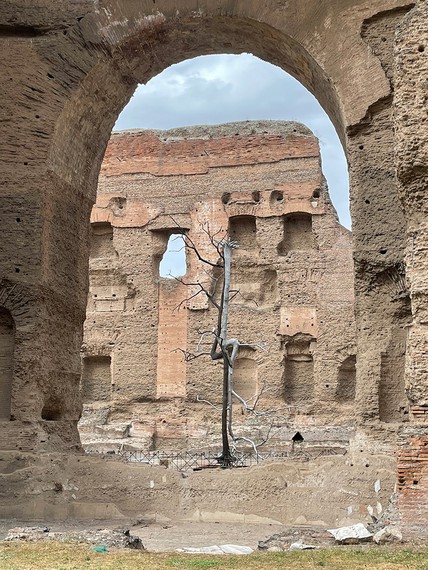
Installation view, Idee di pietra (Ideas of Stone): Giuseppe Penone in Caracalla, Baths of Caracalla, Rome, June 7–March 19, 2023. Artwork © Giuseppe Penone/2022 Artists Rights Society (ARS), New York/ADAGP, Paris. Photo: Pepi Marchetti Franchi
Related News
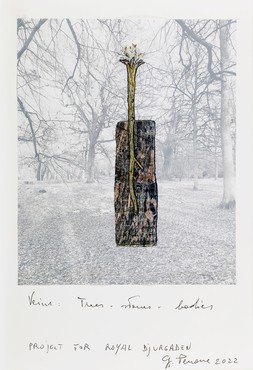
Honor
Giuseppe Penone
Årets Konstnär 2024
Giuseppe Penone has been named 2024’s Artist of the Year by Prinsessan Estelles Kulturstiftelse (preks), a foundation established in 2019 by Sweden’s Crown Princess Victoria and Prince Daniel and named for their daughter, Princess Estelle, with the mission of promoting cultural activities in the country. Every year, the chosen artist is invited to create a monumental, site-specific work to be permanently installed within Prinsessan Estelles Skulpturpark, a sculpture park at Royal Djurgården in Stockholm. Penone’s sculpture, The Inner Flow of Life (2022), will be unveiled on May 30, 2024.
Giuseppe Penone, Project for Royal Djurgaden, 2022 © Giuseppe Penone/2024 Artists Rights Society (ARS), New York/ADAGP, Paris. Photo: © Archivio Penone

Public Installation
Giuseppe Penone
Desert X AlUla 2024
February 9–March 23, 2024
AlUla, Saudi Arabia
desertx.org
Giuseppe Penone’s sculpture La logica del vegetale – Metamorfosi (Vegetal Logic – Metamorphosis) (2024) is installed in an ancient desert canyon in the Arabian Peninsula as part of Desert X AlUla 2024. The 17-meter-tall (almost 56-foot-tall) cast bronze chestnut tree lies on its side with gnarled roots exposed, surrounded by pieces of fossilized trees, revealing the interdependence between sculpture and nature across geological time. This is the third edition of Desert X AlUla, a collaboration between Desert X and the Royal Commission for AlUla established to advance new cultural dialogue through art. Curated by Maya El Khalil and Marcello Dantas, the selection of works explores the theme “In the Presence of Absence” and asks the question “What cannot be seen?”
Giuseppe Penone, La logica del vegetale – Metamorfosi (Vegetal Logic – Metamorphosis), 2024, installation view, AlUla, Saudi Arabia © Giuseppe Penone/2024 Artists Rights Society (ARS), New York/ADAGP, Paris
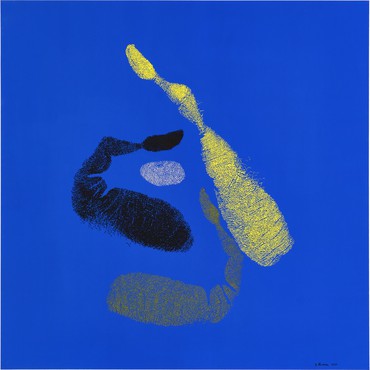
In Conversation
Giuseppe Penone
Hala Wardé
Wednesday, December 6, 2023, 6:30pm
Gagosian, 4 rue de Ponthieu, Paris
Please join Gagosian for a conversation between Giuseppe Penone and architect Hala Wardé inside Impronte di luce / Empreintes de lumière, an exhibition of new paintings by the artist inspired by his experience of Le Corbusier’s Couvent Sainte-Marie de La Tourette in Éveux, France. The longtime friends will discuss Penone’s latest body of work and their most recent collaboration for Louvre Abu Dhabi, where Wardé was partner architect and Penone was one of two artists commissioned to create site-specific permanent installations. They will also consider the creative exploration of space, form, and material inherent to both art and architecture, shedding light on the fascinating intersections that shape their collaborative efforts. The conversation will be conducted in French.
Giuseppe Penone, Impronte di luce (Imprints of Light), 2023 © Giuseppe Penone/2023 Artists Rights Society (ARS), New York/ADAGP, Paris. Photo: Thomas Lannes
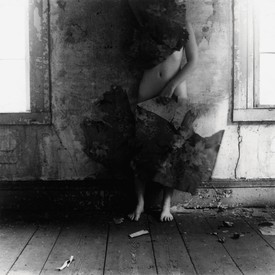
Francesca Woodman
Ahead of the first exhibition of Francesca Woodman’s photographs at Gagosian, director Putri Tan speaks with historian and curator Corey Keller about new insights into the artist’s work. The two unravel themes of the body, space, architecture, and ambiguity.
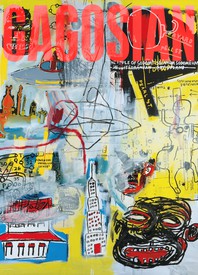
Now available
Gagosian Quarterly Spring 2024
The Spring 2024 issue of Gagosian Quarterly is now available with a fresh cover design featuring Jean-Michel Basquiat’s Lead Plate with Hole (1984).
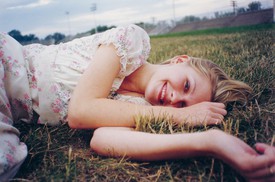
Sofia Coppola: Archive
MACK recently published Sofia Coppola: Archive 1999–2023, the first publication to chronicle Coppola’s entire body of work in cinema. Comprised of the filmmaker’s personal photographs, developmental materials, drafted and annotated scripts, collages, and unseen behind-the-scenes photography from all of her films, the monograph offers readers an intimate look into the process behind these films.
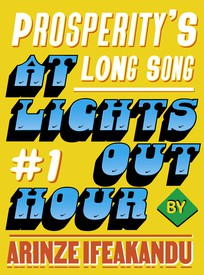
Prosperity’s Long Song #1: At Lights-Out Hour
We present the first installment of a four-part short story by Arinze Ifeakandu. Set at the Marian Boys’ Boarding School in Nigeria, “Prosperity’s Long Song” explores the country’s political upheavals through the lens of ancient mythologies and the mystical power of poetry.
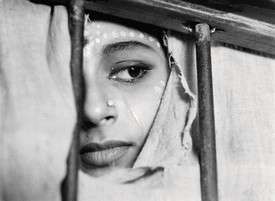
Mount Fuji in Satyajit Ray’s Woodblock Art, Part II
In the first installment of this two-part feature, published in our Winter 2023 edition, novelist and critic Amit Chaudhuri traced the global impacts of woodblock printing. Here, in the second installment, he focuses on the films of Satyajit Ray, demonstrating the enduring influence of the woodblock print on the formal composition of these works.
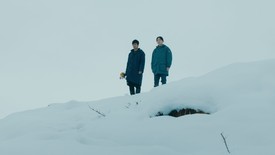
Adaptability
Adam Dalva looks at recent films born from short stories by the Japanese writer Haruki Murakami and asks, What makes a great adaptation? He considers how the beloved surrealist’s prose particularly lends itself to cinematic interpretation.

Not Running, Just Going
Robert M. Rubin’s Vanishing Point Forever (RideWithBob/Film Desk Books, 2024) explores the production, reception, and lasting influence of Richard Sarafian’s 1971 film. In this excerpt, Rubin discusses the pseudonymous screenwriter Guillermo Cain (Guillermo Cabrera Infante), the famous Kowalski car, and how a nude hippie biker chick became the Lady Godiva of the internal combustion engine.
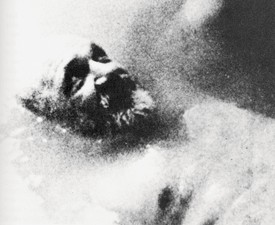
On Frederick Wiseman
Carlos Valladares writes on the life and work of the legendary American filmmaker and documentarian.
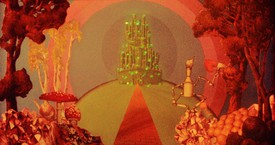
You Don’t Buy Poetry at the Airport: John Klacsmann and Raymond Foye
Since 2012, John Klacsmann has held the role of archivist at Anthology Film Archives, where he oversees the preservation and restoration of experimental films. Here he speaks with Raymond Foye about the technical necessities, the threats to the craft, and the soul of analogue film.
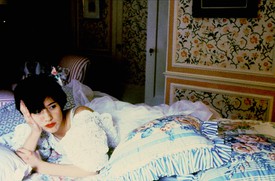
Whit Stillman
In celebration of the monograph Whit Stillman: Not So Long Ago (Fireflies Press, 2023), Carlos Valladares chats with the filmmaker about his early life and influences.

Lisa Lyon
Fiona Duncan pays homage to the unprecedented, and underappreciated, life and work of Lisa Lyon.

Game Changer: Alexey Brodovitch
Gerry Badger reflects on the persistent influence of the graphic designer and photographer Alexey Brodovitch, the subject of an upcoming exhibition at the Barnes Foundation, Philadelphia.